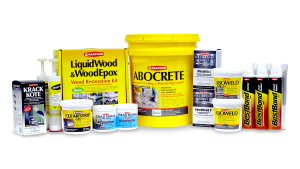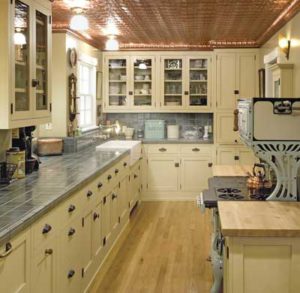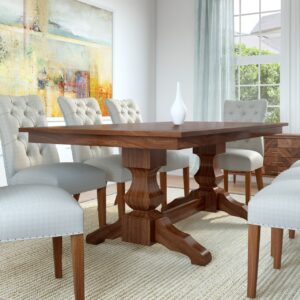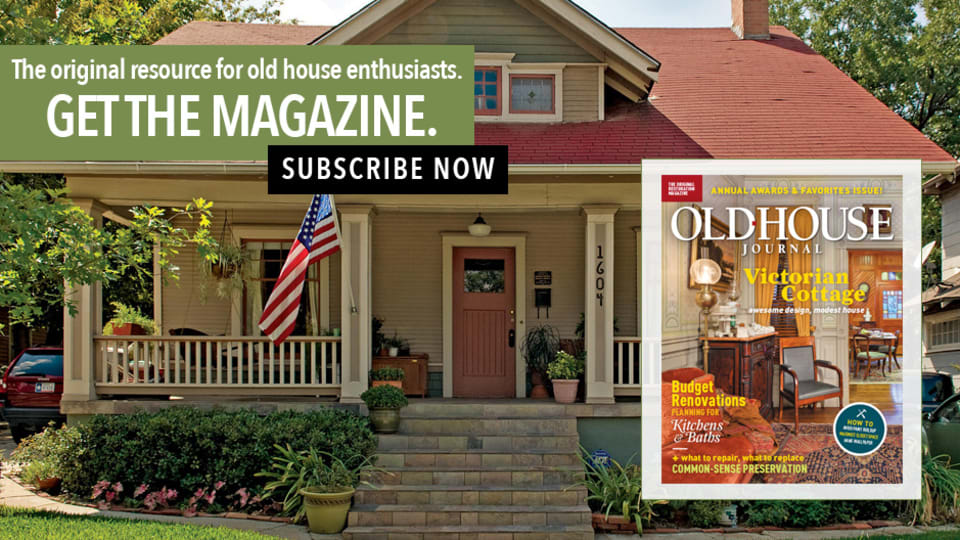A hybrid style of the American Arts & Crafts period, these Craftsman-era Tudors are inspired by late-19th-century English revivals rather than original late-medieval architecture. Whether the design is academic or whimsical, elements of old England merge with British and American Arts & Crafts motifs. Look for half-timbering and window bays, beamed ceilings and inglenooks.
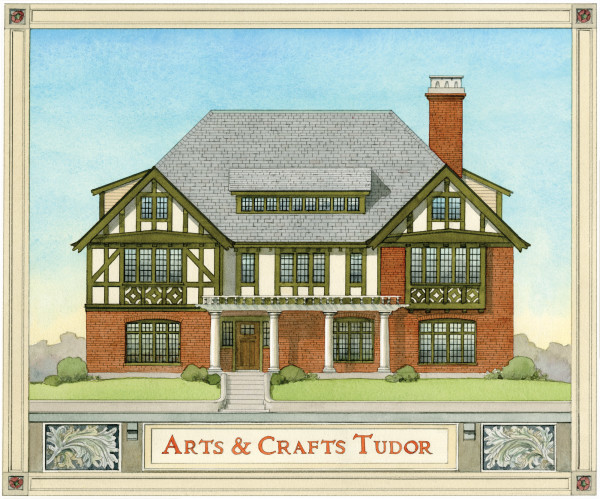
Whether the design is academic or whimsical, elements of old England merge with British and American Arts & Crafts motifs.
Rob Leanna
English-inspired houses are part of the same architectural movement that spawned the English Queen Anne Revival style, American Queen Anne houses, the Shingle Style, and Tudor Revival. All mark a transition between late-Victorian sensibility and the beginning of modern architecture—which includes houses of the Arts & Crafts movement. Earlier American Tudor houses could be academic, with flattened facades and no half-timbering. Arts & Crafts Tudor is more playful and includes such elements as over-scaled brackets and knee braces, decorative half-timbering, and pergolas. Despite steep roofs, these houses tend to be horizontal, whereas the suburban (e.g., “Stockbroker Tudor”) houses that followed often have vertical emphasis.
Tudor styles took hold here ca. 1905, concurrent with the American Arts & Crafts movement. Architects working in the Tudor and Arts & Crafts idioms were dipping from the same well. Many Craftsman houses and Tudor Revivals share the same old-world precedents, especially elements copied from the late-medieval and Tudor periods in England. Hallmarks of both residential styles include half-timbering and projecting bays, diamond-pane windows, steep roofs covered with graduated slates or shingled “thatch,” and flattened Tudor arches. Inside, they share high oak wainscots, ceiling beams, important hearths, and inglenooks. In most cases, the style was a true revival, not pure in its mimicry. Late medieval details were mixed with finer Elizabethan conventions, just as elements might have been borrowed from both thatched cottages and stone manors.
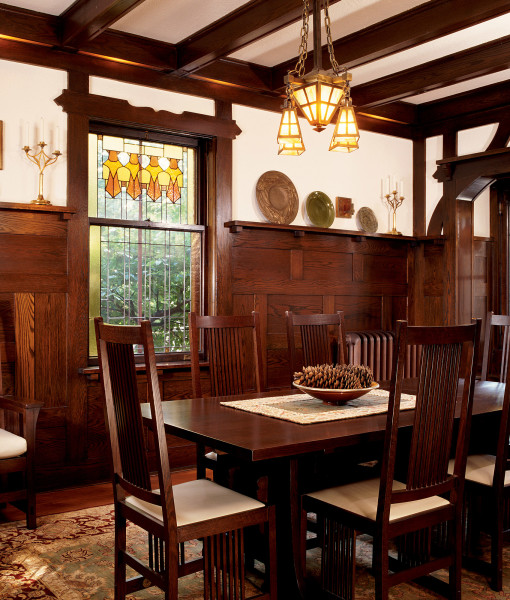
In Milwaukee, a 1905 “Prairie Tudor” house with interiors and furniture by Wright collaborator George Niedecken has a high, dark wainscot and Tudor “timbers.”
Jessie Walker Archive
This romantic revival harks back to the English designer William Morris, whose own Red House at Bexleyheath, designed with the architect Philip Webb in 1859, both exhibits Tudor–Gothic forms and is considered the first Arts & Crafts house. The 19th-century English architect Richard Norman Shaw contributed to the genre, moving beyond neo-Gothic styles to embrace ancient vernacular forms and materials; his early work (dubbed Queen Anne Revival) often featured half-timbering, projecting gables, and big chimneys.
Decorative bargeboards are seen on Arts & Crafts houses influenced by the Gothic and Tudor styles. Attached along the projecting edge of a gable, the bargeboard might be carved, incised, scroll-sawn, or cusped. Windows may be casements or double-hung, of metal or wood, with art glass or roundels, often grouped with large mullions between them.
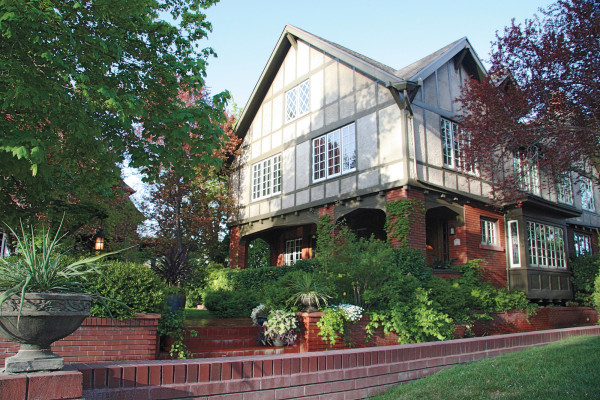
A 1913 Tudor in Salt Lake City has bracketed eaves and, inside, Van Briggle tile; the dining room has typical Craftsman woodwork.
William Wright
Tudor Arts & Crafts Hallmarks
• steep roofs are most common, usually gabled, often featuring a jerkinhead (clipped gable). The roof may be covered in slate, or shingle “thatch.” Chimneys are large or clustered. The entry often has a flattened Tudor arch.
• half-timbering is common and may be restrained or whimsical. While later Tudor Revival houses would have stucco or brick between the decorative “stick” timbers, some Arts & Crafts Tudors have timbers over wood.
• picturesque windows include projecting bays and oriels, grouped windows with large mullions, and leaded casements. Diamond panes may show up in casements or simply alluded to in transoms with wood muntins.
• rooms inside may tend toward bungalow simplicity or a more formal English Renaissance look for the staircase, mantel, and trim. But they share common elements: beams, rough plaster, high wainscots, and inglenooks.
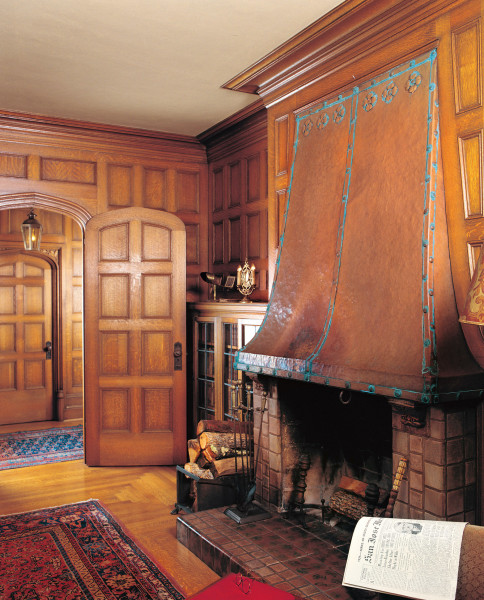
Its Tudor-arched rooms contain Batchelder tiles, Roycroft metalwork, and Dirk Van Erp lamps.
Mark Lazzarini
A&C Tudor Inside
Ceiling beams, window and door casings, wall paneling, and staircases tend to be dark, made of stained oak or chestnut dully finished with wax. As is true for Craftsman-bungalow dining rooms, wainscots capped with a plate rail are taller than those in Colonial Revival houses. Mock age is suggested by rough troweled plaster or a textured wall finish. Arts & Crafts designers favored muted color and pattern, while Tudor Revival houses often have creamy-white plaster over the dark woodwork. Flooring is often wide oak boards; dark tile might be found in halls and kitchens. English Arts & Crafts or Persian rugs partly cover floors. Heavy iron hardware complements heavy metal lighting fixtures. Besides paintings, tapestries and taxidermy hang on walls. Motifs in common include shields and other heraldic imagery, quatrefoils, and oak leaves and acorns.
Many Tudors were built with a generic bungalow-era interior, and perhaps a Tudoresque window or arch. Recent homeowners often use Craftsman furnishings, from embroidered pillows and Stickley furniture to pottery, as an opportunity to add American color and design. Built with an electric kitchen on the main floor and a living room instead of a formal parlor, these houses accommodate us still.
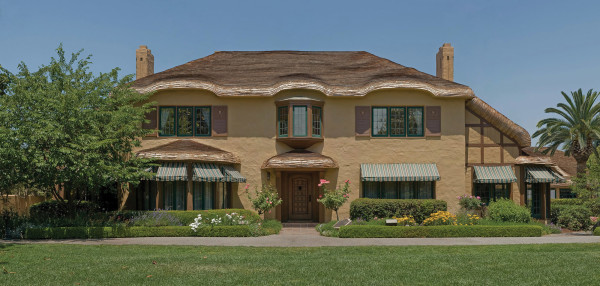
California’s Ainsley House (1925) exhibits “thatched-roof”Tudor architecture and California craftsmanship.
Jaga/Wikipedia
Recommended Books
- The Tudor Home by Kevin Murphy and Paul Rocheleau (Rizzoli, 2015) American Tudors, inside and out, from Tuxedo Park to Prairie to the “Arts & Crafts-inflected mansions of Pasadena.”
- Beyond the Bungalow by Paul Duchscherer and Linda Svendsen (Gibbs Smith, 2005) This book of lavish photographs includes other houses of the American Arts & Crafts period: chalets, English and Tudor Revivals, and a few Foursquares.
- Arts & Crafts Homes of Great Britain by Brian D. Coleman (Gibbs Smith, 2005) A guide to the great Arts & Crafts houses of England’s vernacular revival period.
- Tudor Style: Tudor Revival Houses in America from 1890 to the Present by Lee Goff (Universe Publishing, 2002) From New York to Lake Forest (Ill.) and St. Louis to Los Angeles, here are notable Tudor houses that span decades, including new houses in the English Tudor mold.



